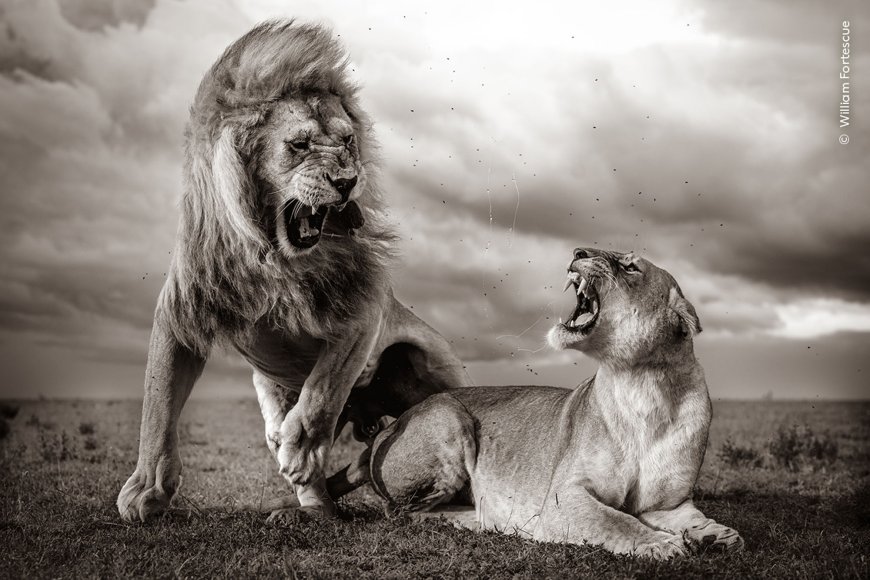Capturing Nature’s Finest: Stunning Images from Wildlife Photographer of the Year
Explore stunning highly commended images from Wildlife Photographer of the Year, with photographer interviews and conservation themes.

London —
This year’s Wildlife Photographer of the Year competition continues to awe audiences with its stunning visual storytelling. The Natural History Museum’s annual showcase, one of the most prestigious in the field, opens a window into wild landscapes and the lives of creatures great and small. With tens of thousands of submissions from around the globe, the highly commended images offer both artistic brilliance and a vital message on conservation.
A Gallery of Moments That Matter
This year, the judges spotlighted images that do more than showcase wildlife—they evoke emotion, provoke thought, and underline conservation in action. Among the most striking:
-
“Moonlight Hunter” — A Pallas’s cat caught in the chilling glow of moonlight amidst Inner Mongolia’s frozen steppe. The photographer’s patience paid off in this intimate nocturnal portrait.
-
“Deadly Bite” — A jaguar delivering a skull-crushing strike to a caiman in Brazil's Pantanal. The decisive moment speaks to predator-prey dynamics in raw, unfiltered detail DIY Photography.
-
Frost-Covered Deer — A phone-captured photo of a frost-laden doe found in a California forest, unusually poetic yet haunting in its subject—a smartphone image honored for its quiet poignancy DIY Photography.
Voices Behind the Lens: Conservation Meets Creativity
Judging chair Kathy Moran emphasized the dual strength of this year’s entries, noting they “represent the evolution of the competition—from pure natural history to photography that embraces both beauty and challenges of the natural world” DIY Photography.
Doug Gurr, Director of the Natural History Museum, echoed this sentiment, underscoring the power of these images to inspire deeper connections with nature as the competition celebrates its 60th anniversary DIY Photography.
Themes That Resonate: From Beauty to Urgency
The competition’s curation reflects a conscientious shift toward conservation storytelling:
-
Species Diversity and Behavior — From predators to urban animals, the images span continents and habitats, drawing attention to ecological complexity.
-
Human-Wildlife Intersection — Several photographs highlight the delicate, often fraught boundaries between people and nature, prompting reflection on coexistence.
-
Conservation Spotlight — Beyond capturing wildlife, the imagery insists on awareness—urging audiences toward empathy and environmental stewardship.
The Natural History Museum was clear about its intention: these images are not mere visuals, but voices for the wild.
Global Scale and Community Impact
This year’s competition drew a record-breaking over 60,000 entries from 113 countries, cementing its role as a worldwide platform for wildlife photography's evolving conversation ABCGround News.
The exhibit featuring these photographs will tour globally, bringing conservation messages to audiences across borders. For many photographers, this platform marks the culmination of years of passion, patience, and purpose.
A Closer Look: Photographer Interviews and Inspiration
While defenders of wildlife art often speak through their images, occasional interviews shed light on their creative process:
-
Photographers discuss long waits for the “perfect moment”—be it moonlight on a predator or frost on unsuspecting wildlife.
-
Many emphasize the importance of respectful observation, patience, and an ethical approach to wildlife photography.
-
A recurring motif is the belief that these images can catalyze conservation, pushing viewers to care for habitats and species under threat.
Although comprehensive media access to interviews is still unfolding, outlets like CNN have begun to explore how such visual moments shape environmental narratives and awareness.
Conclusion
The Wildlife Photographer of the Year competition is more than a showcase—it's a global call to attention. Through striking visuals and thoughtful backstories, it invites us to witness not just the marvel of wildlife, but the urgent need to protect it.
As the exhibition begins its tour, each image stands as both testament and plea: a reminder of the fragility, complexity, and beauty of the natural world—and the power we all hold to preserve it.














